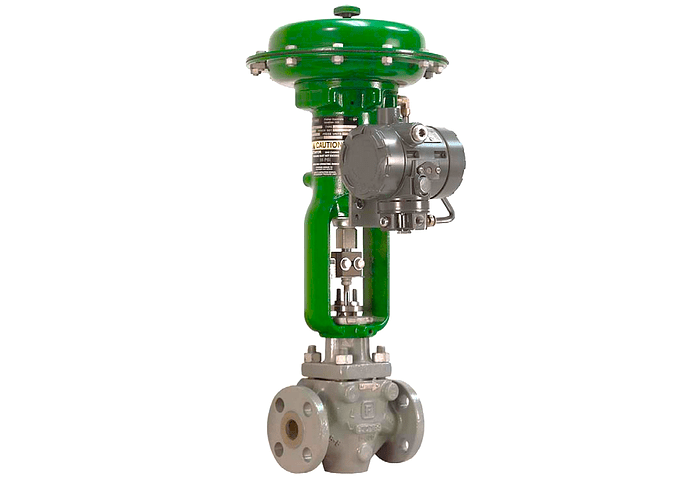Fail-safe positions of control valves are typically used in various industrial processes to ensure safety and prevent hazardous situations.
Fail-Safe Positions of Control Valves
Here is a list of common fail-safe positions for control valves:
Fail-Safe Closed (FSC): The valve automatically closes in the event of a power failure or loss of control signal.
Fail-Safe Open (FSO): The valve automatically opens in the event of a power failure or loss of control signal.
Fail-Safe Last (FSL): The valve remains in its last known position when there is a power failure or loss of control signal.
Fail-Safe Stay-Put (FSSP): The valve stays in its current position and does not move in the event of a power failure or loss of control signal.
Fail-Safe Lock (FSLK): The valve is mechanically locked in its current position and cannot move even if there is a power failure or loss of control signal.
Fail-Safe Return to Zero (FSRZ): The valve automatically returns to a predefined “zero” or fully closed position when there is a power failure or loss of control signal.
Fail-Safe Return to Full Open (FSRFO): The valve automatically returns to a fully open position when there is a power failure or loss of control signal.
Fail-Safe Return to Mid-Position (FSRMP): The valve automatically returns to a predefined mid-position when there is a power failure or loss of control signal.
Fail-Safe Partial Stroke (FSPS): The valve moves to a partial stroke position (e.g., 10% open) in the event of a power failure or loss of control signal.
Fail-Safe Emergency (FSE): The valve moves to a specific emergency position, such as a position that facilitates rapid shutdown or depressurization, in the event of a critical failure.
Fail-Safe Bleed (FSB): The valve opens to allow a controlled bleed of fluid or pressure in the event of a power failure or loss of control signal.
Fail-Safe Accumulate (FSA): The valve moves to an accumulated or locked position where fluid or pressure is held in a specific section of the system during a failure event.
Fail-Safe Vent (FSV): The valve opens to allow the release of fluid or pressure to the atmosphere or a safe location during a power failure or loss of control signal.
Fail-Safe Remote Control (FSRC): The valve can be remotely operated in a fail-safe manner, typically from a central control room, in the event of a failure.
Fail-Safe Dual Position (FSDP): The valve can operate in two distinct positions, usually fully open or fully closed, in a fail-safe mode depending on the failure scenario.
